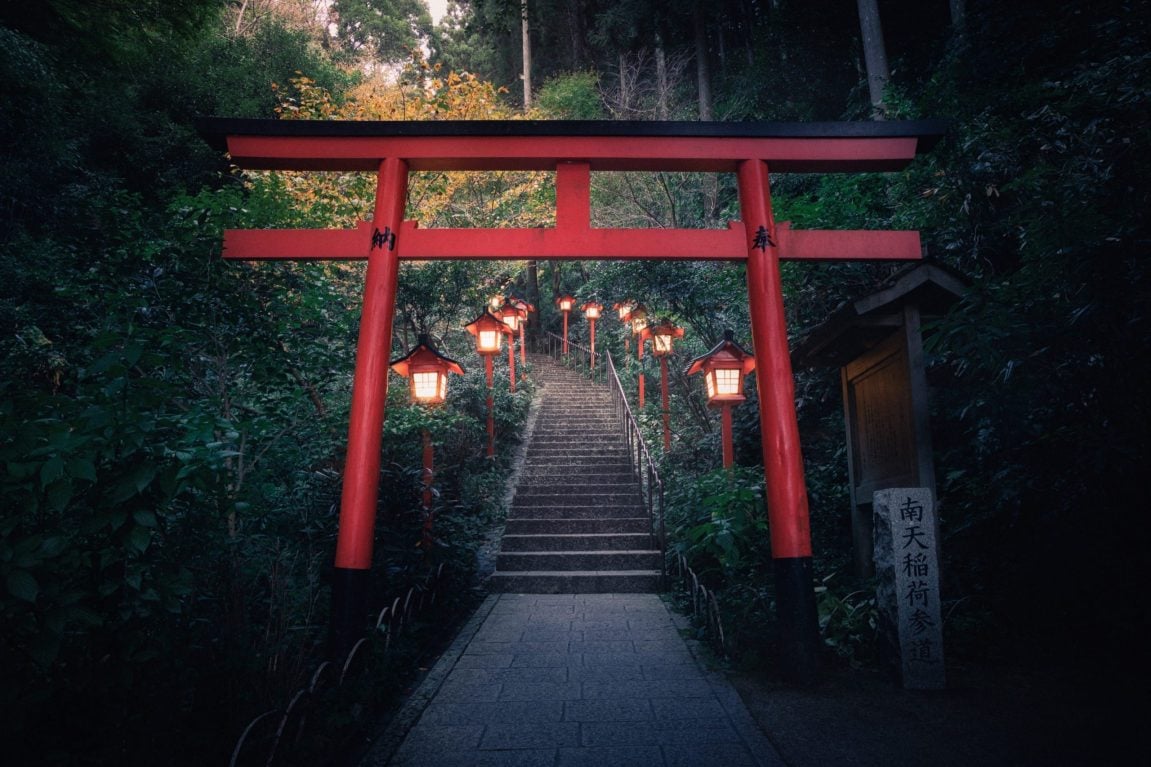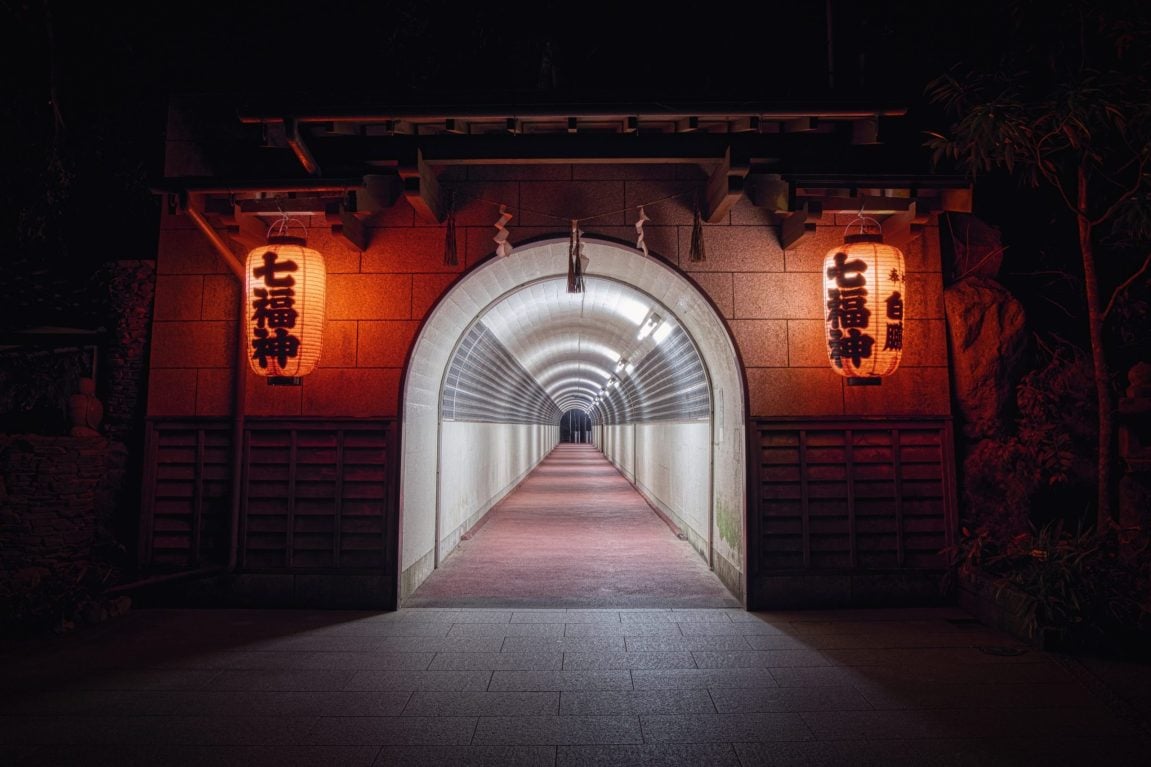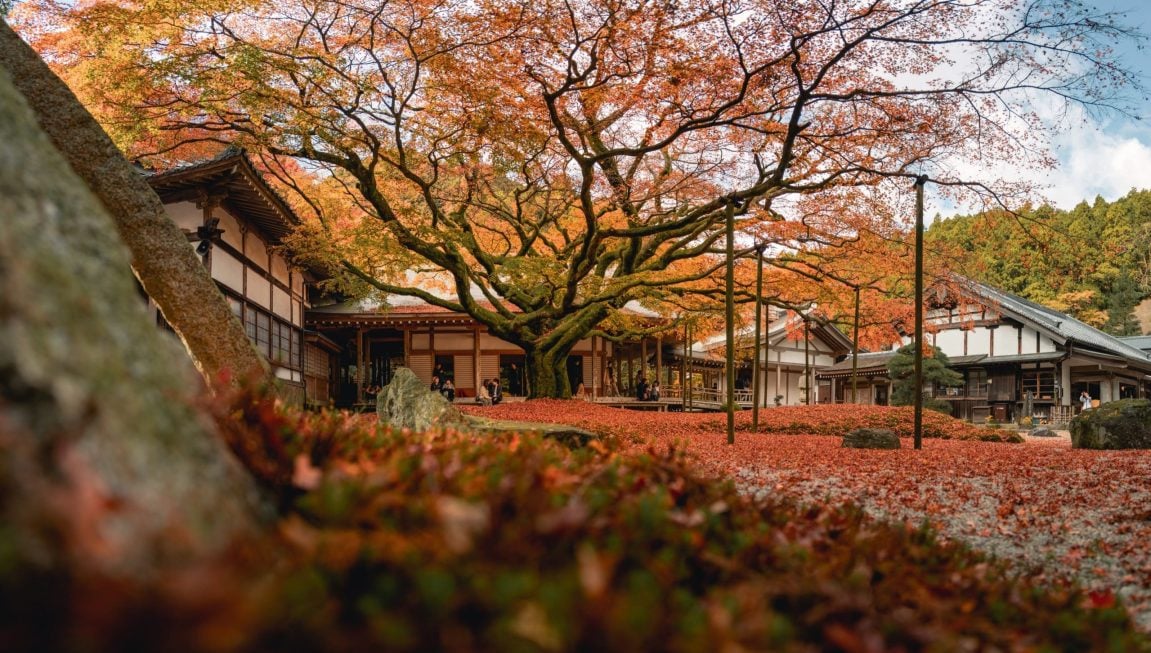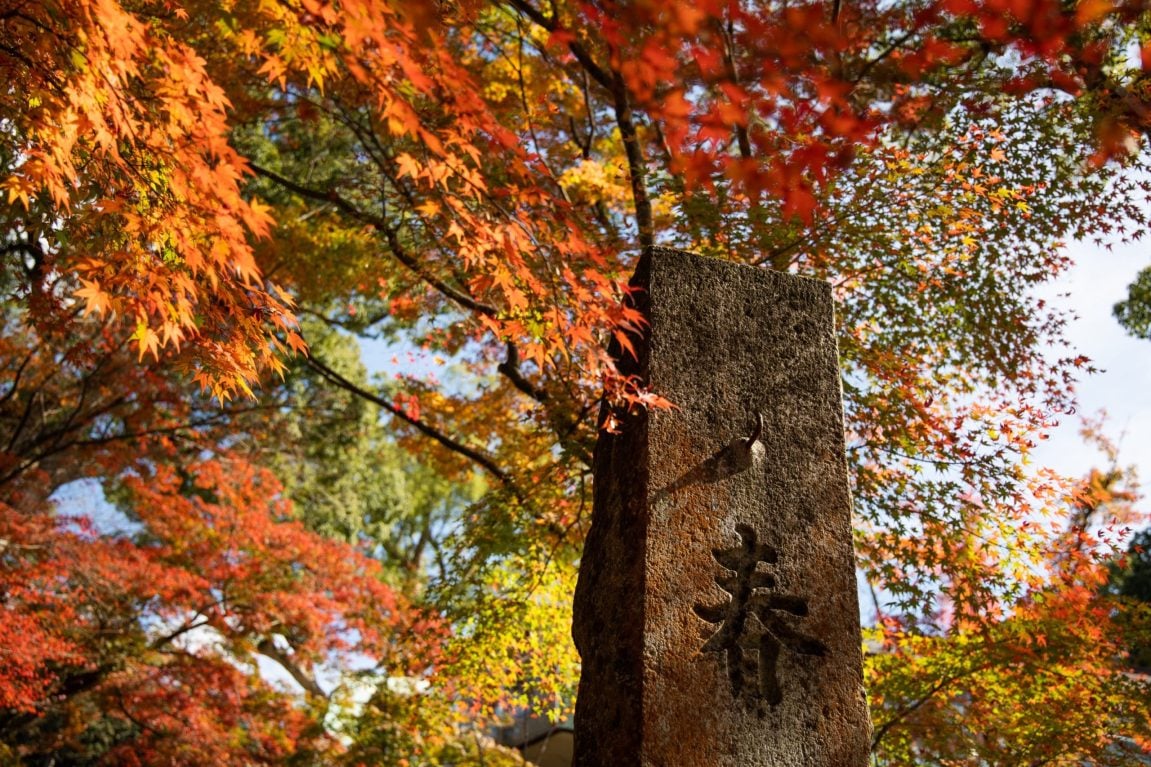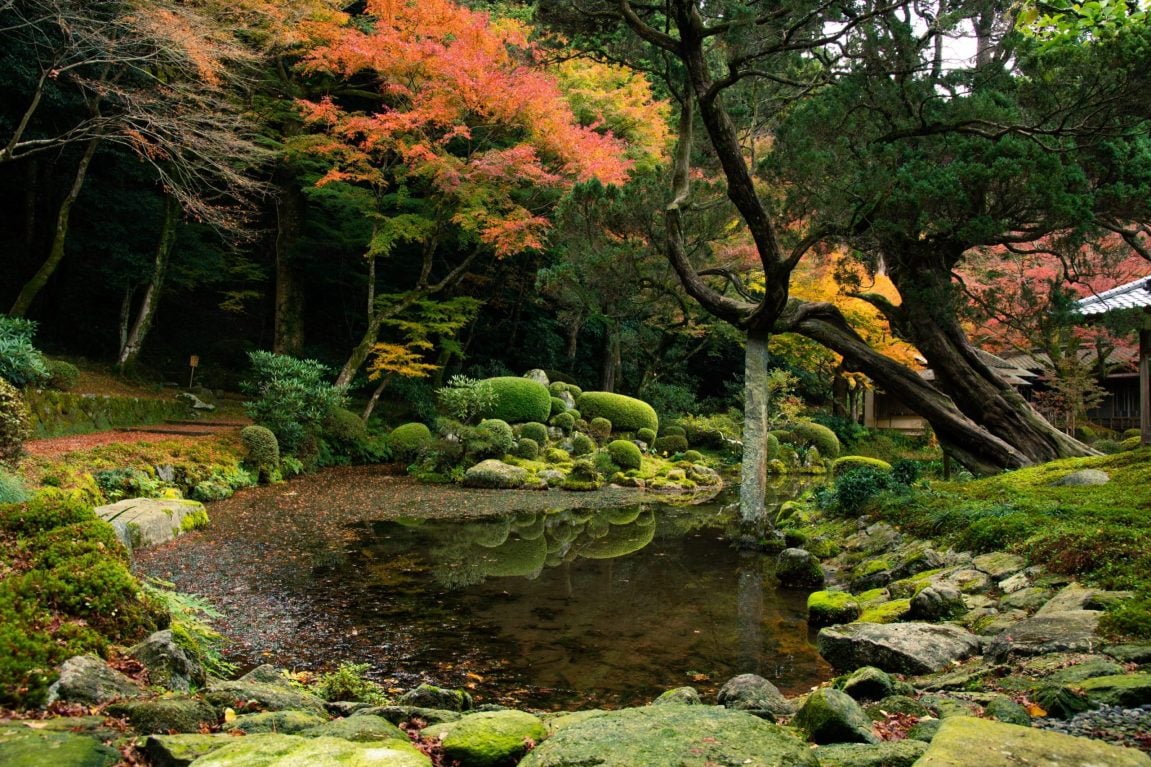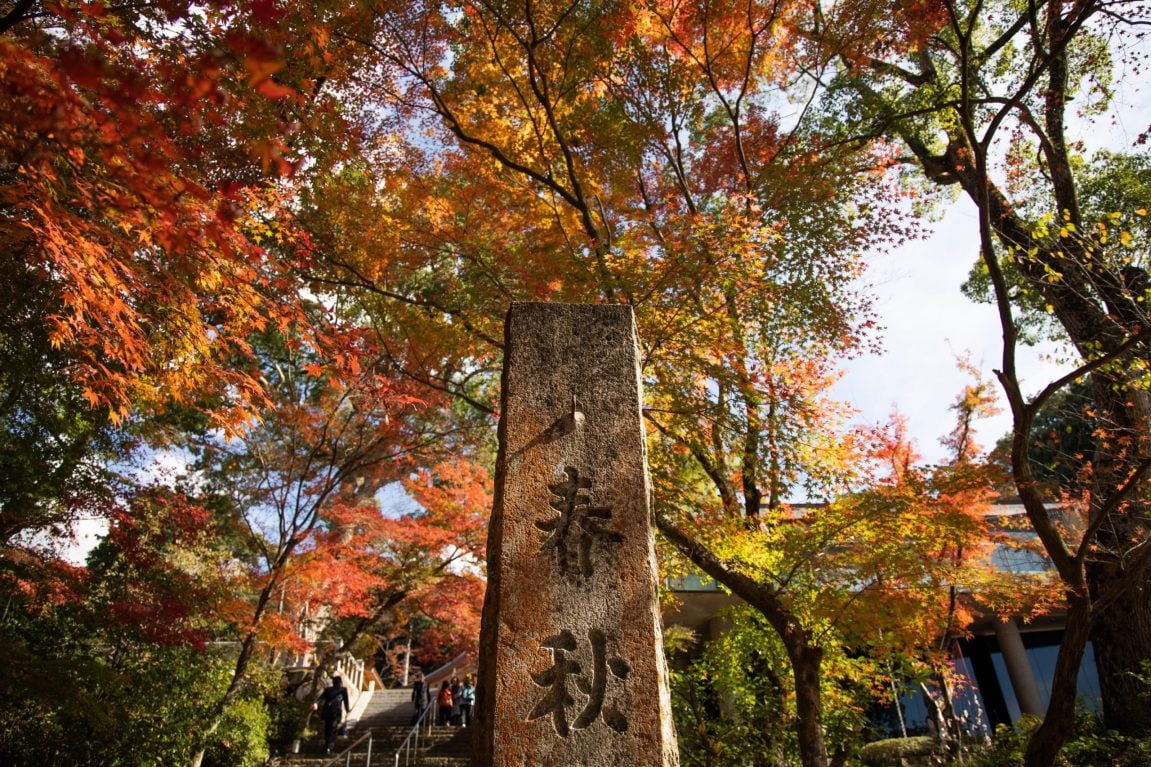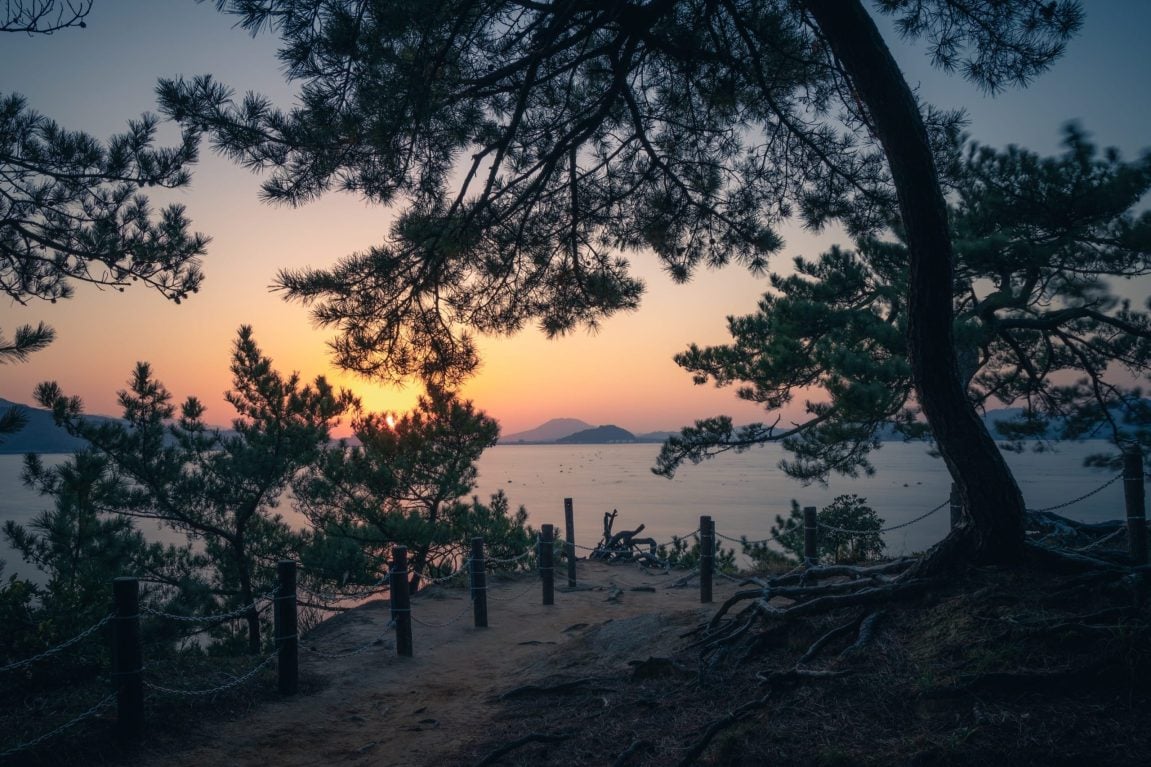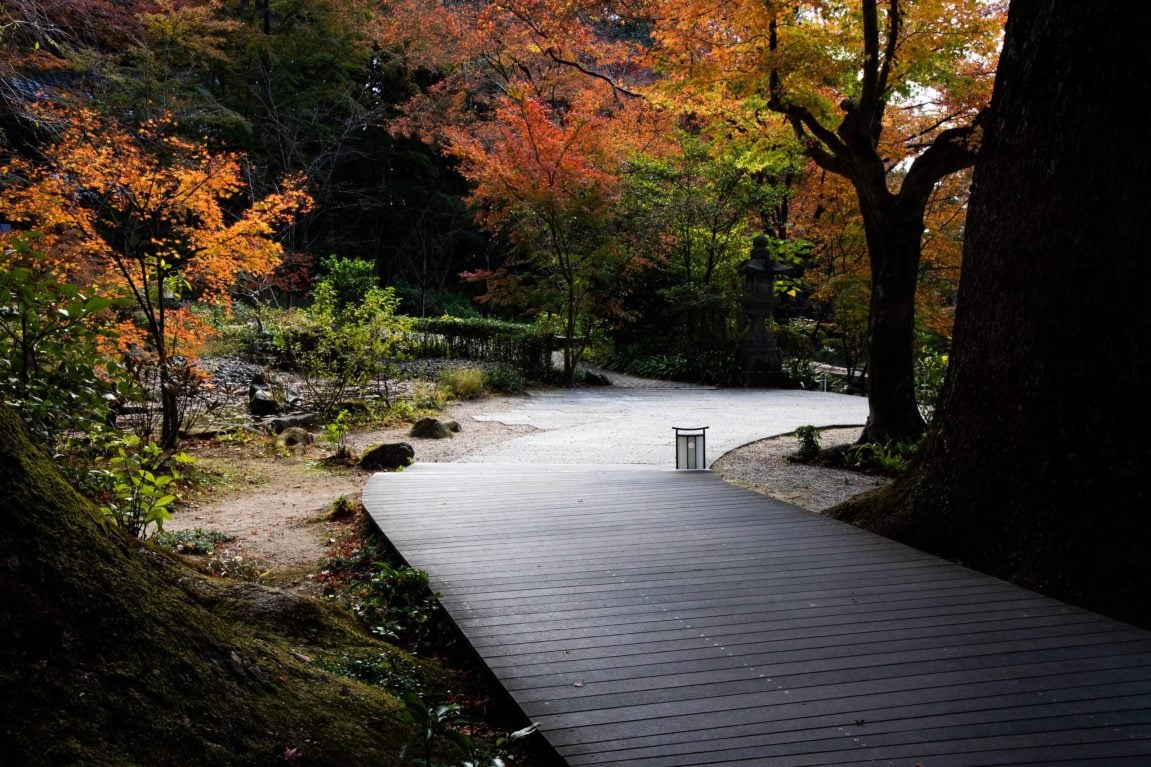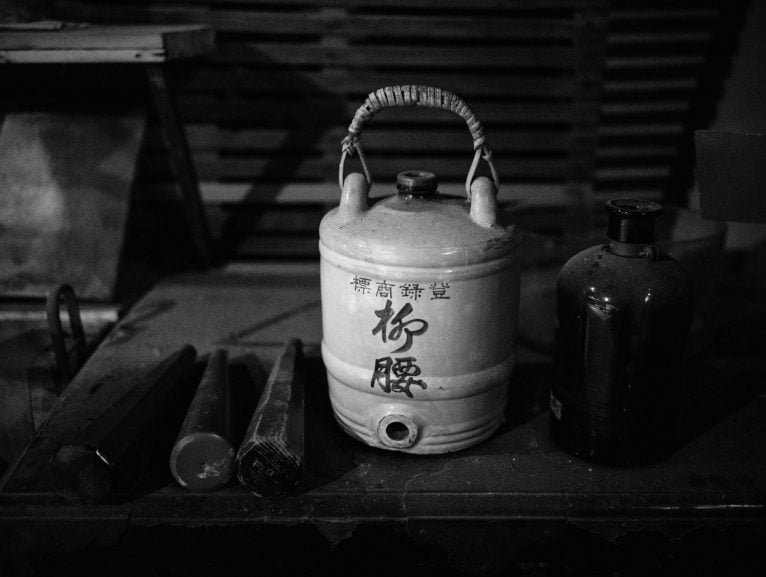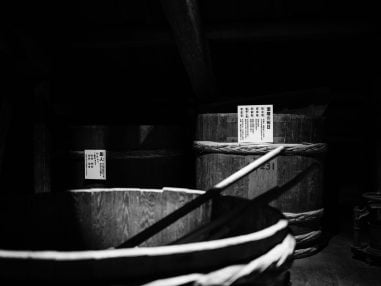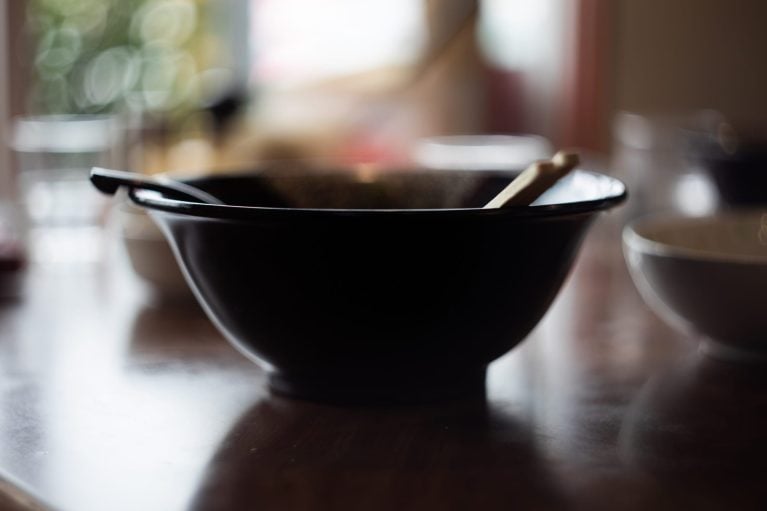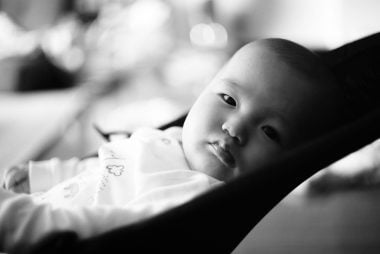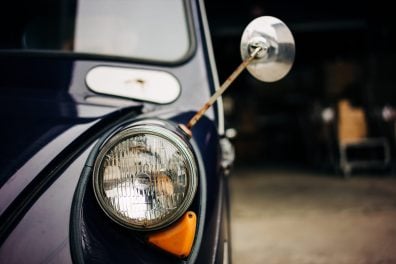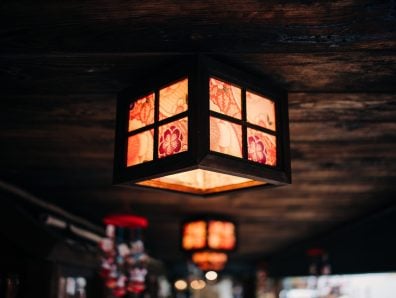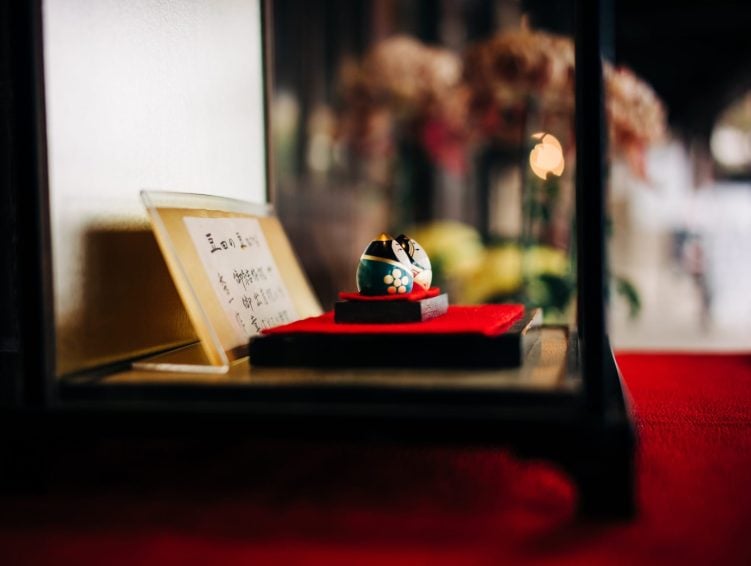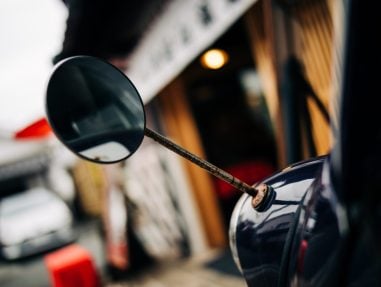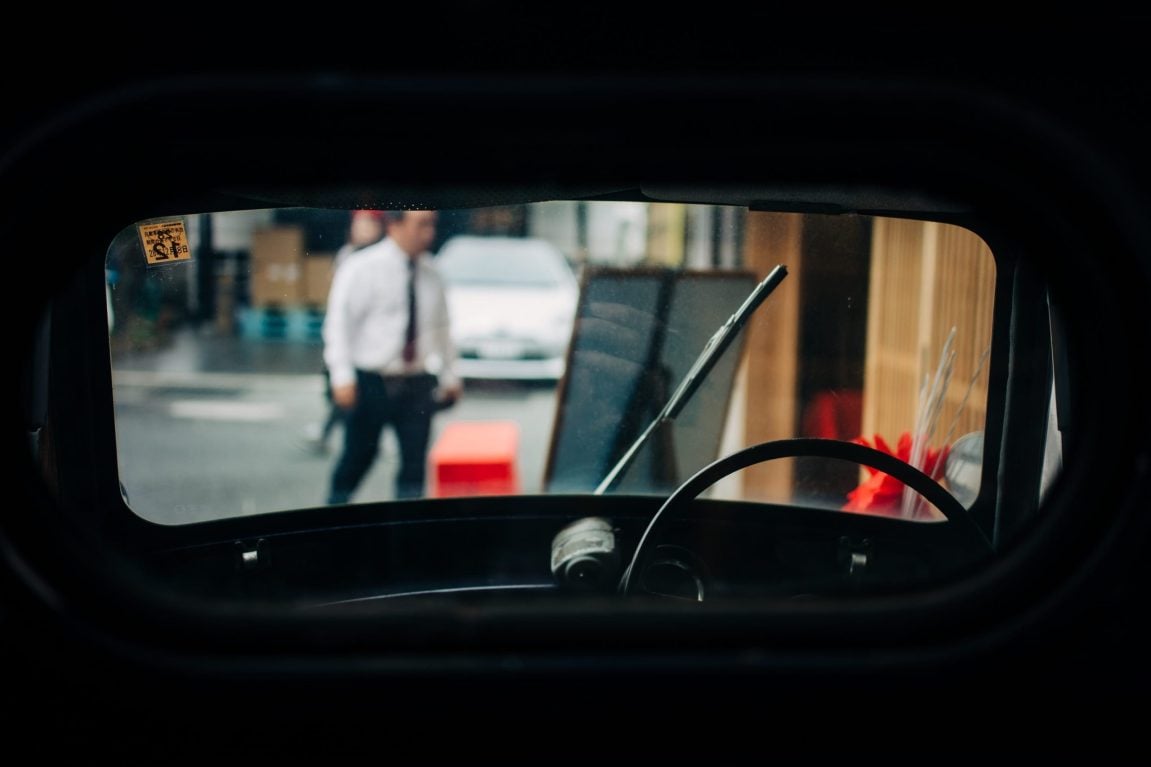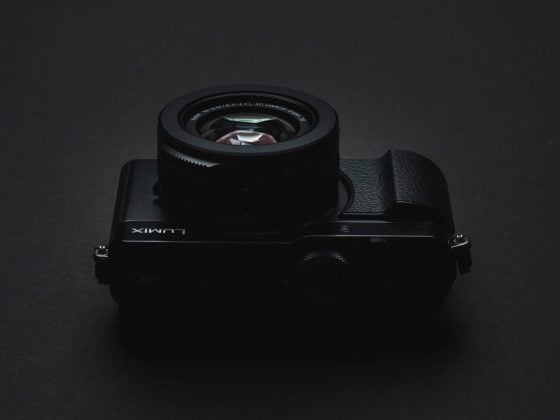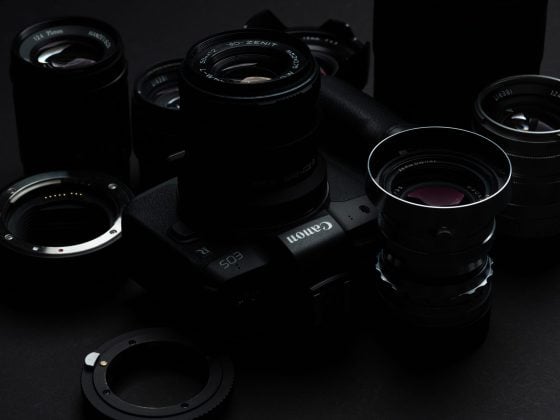I’ve read and watched most reviews of the Canon EOS R, and man, what an echo chamber. The online review game has gotten really lazy.
If you didn’t know any better, you would think the Canon EOS R is a complete failure and a disaster, especially when you compare it to a similarly priced Sony A7III.
Here is the thing, the Sony A7III is only better at a few things, while the Canon EOS R is WAY better at a few things.
I’ve been shooting with the EOS R for a few weeks now, dissecting its performance and capabilities so that I can share with you all the pros and cons of this camera and how it compares to my beloved Sony A7rIII.
In the meantime, here is what just about every camera review got wrong!
Canon EOS R | The Good News & The Fake News
First, I’ll talk about some of the ergonomics, then work into the specs, and then finish off with the sensor and lenses.
Just so you know my background, I’ve owned the Sony A7r, A7rII, A7rIII, A6300, most Fujifilm cameras, and an old Canon 5DII. So I’m pretty familiar with the systems and a fanboy of them all, but there are things I love and hate about each system. You may have even seen me take jabs at certain brands, but that doesn’t mean I don’t like them.
Ergonomics & Usability
Lack Of Joystick – The biggest complaint I see is the lack of a joystick. There are a few ways around this. The first is the touch screen, and it works really well. The touch drag ability when looking through the best EVF I’ve ever used, is really good. The Sony is good here too, but the Canon is a little smoother, and a little more controlled.
You can program the D-Pad to work as a joystick to adjust your focus point. Since you can barely customize the external buttons to do anything cool, this is how I’ve set my D-Pad. If you want to reserve your D-Pad for a more custom button setup, you can still use your D-Pad as a focus joystick by pushing the magnifying glass button first. Works great, it just requires one press before you can activate it.
I thought the lack of a joystick would be really hard as I am very dependent on it, but it’s completely fine. The D-pad works great and I’m very happy that I’m able to use it!
On & Off Switch In The Wrong Position – Really? Is this what camera reviews have come to? It’s like phone reviews now spending half their time complaining about the notch. Which phone has the bigger notch, some phones have two notches. “Whoa! the notch. Check out that notch!”
It’s a power button guys. Yes wasted precious space with a power button, but it’s not like any Sony camera uses that space. That part of the Sony is just blank, nothing but smooth metal with a C3 button and Menu button sitting under it, and the Sony logo of course 🙂
My biggest complaint with the power button is that I have to toggle on and off my camera between shots with my left hand. This is annoying when I’m shooting street photography since I’m often holding coffee. Or an empty cup of coffee since it’s impossible to find a trash can in Japan.
However, since the battery life is so good, I’m finding I can get away with not toggling off my camera. A habit hard to break after using the A7r and A7rII and X-Pro2 for years.
The Multi-Function Touch Bar – Everyone says the same thing here. If you touch it by accident, a dial would have been better, and buttons would have been better. “The Multi-Function Touch Bar is a failure.”
I love the touch bar, my only complaint, and this is my complaint with the camera in general, you can’t customize it enough.
With the multi-function bar, you can set it up to perform 3 functions. Swipe, which I set to AWB, touch left, and touch right. You can also lock it so you don’t change those settings by accident.
I’ve set the function bar to have all my landscape photography tools that I can quickly toggle on and off. AWB for swipe, I’ve set the left button to my tilt-level pop-up and my right touch as my histogram. So when I’m setting up some shots, I can quickly use the touch bar for these features and it’s fantastic.
The Multi Function Touch Bar is an amazing feature and I use it all the time, and because it has a two-second lock, I never trigger any of the settings by accident like I would if it were just a standard function button.
My biggest complaint that nobody talks about is the custom buttons. You can’t customize them enough.
Why can’t I program a drive mode to my D-Pad, or my color profiles to my D-Pad? Seriously Canon, let me customize my buttons with more than ten random dumb things. At least give me the option to program a button to configure my minimum shutter speed so I can change it on the fly when shooting in Av like I can with my X-T3.
Canon really has to look to Sony and Fujifilm to learn how to let users customize their cameras. Fujifilm is the winner with button customization, but when it comes to pure camera customization and control with the menu system, nobody can compare to Sony.
Flip Out Articulating Screen – This is one of those features that grows on you, and once you get used to it, you can’t live without it. I still prefer no flip screen on cameras like the X-Pro2, and a simpler flip screen when shooting street photography, but as a jack-of-all-trades camera like the EOS R, or GH5, the articulating screen is a game changer. It’s a shame the Sony cameras don’t have this. I guess you could say the A99II has some weird form of this.
Battery Life – Here we go again. Not sure what’s going on with the CIPA ratings, but I’m consistently getting 1,000 shots per half-battery charge. So I’d assume I could get close to 2,000 shots per battery. I’ve never actually run out of a battery or have even broken past a half charge in a single day of use on my Sony A7rIII and I’ve yet to run out of battery on the EOS R or break past a half charge with a single days use, so I would say it’s pretty dumb to compare battery life here or even mention the rates between Sony and Canon. But yet, people are still doing it. Maybe you can get 2,200 shots in one day on the Sony A7III as you can only get 2,000 a day on the EOS R.
Update: I went out shooting all day with the camera, not in ECO mode. I didn’t turn off the camera after each shot and was a lot lazier conserving power manually. This is probably how a lot of people shoot. In this situation, I got 1,200 shots before the battery died. But I still tend to close my LCD down with the screen facing in, after each shot, so that does converse power possibly. So if you were really lazy about never powering off you camera and leaving your LCD screen on while not putting the camera in ECO mode, you would probably get under 1,000 shots per battery.
Video Features
1.7x 4k Crop – If you want to shoot 4k video on the Canon EOS R you have to shoot at a 1.7x crop.
Have you noticed everyone complaining about this feature is shooting their YouTube video reviews on the GH5? A micro-four thirds sensor camera? This paradox blows my mind. Do I need to say more?
4k Bitrate – The Canon EOS R 4k Bitrate is 480mbps. The Sony 4k bitrate is 100mbps, and the Fujifilm X-T3 bitrate is 400mbps. While I think the Fujifilm X-T3 is your best option for serious video, the Canon EOS R bitrate is 4x better than the Sony A7III. Sony’s bitrate is 100mbps, Canon’s is 480mbps.
That is so unbelievably significant I can’t understand how so many people missed this. You’re getting more than 4x the data with the Canon EOS R compared to the Sony A7III. With the X-T3 you’re not only getting 4x the data as the Sony A7III, but you’re also getting 10-bit internal and H.265. Now the Canon doesn’t do 10-bit internal or H.265, which is too bad.
1080p Bitrate – This is also the best in class for full frame at 180mbps. I’m not sure about the bitrate of 1080p on the Sony A7III, but on my A7rIII it’s 50mbps. So with 1080p you get over 3x the information. Granted, on the Sony, you can shoot 120fps at 100mbps. The Fujifilm X-T3 can do 200mbps at 1080p and 120fps, so it’s clearly the winner here.
When looking at pure video quality and information captured compared to the Sony A7III, you’re getting 3-4x more information with the EOS R. The downside is that 1.7x crop if you decide to shoot 4k, and the rolling shutter is not great either. Why does nobody talk about bitrate? It’s so important. I think that’s a fair trade-off. 1.7x but more than 4x the bitrate? I’d take more bitrate any day especially considering all the great Canon APS-C lenses out there.
The Sensor
The Canon EOS R has a 30-megapixel sensor. This is why you’re seeing the system priced a little higher than the Sony A7III. It lives somewhere between an A7III and A7rIII. So you can never actually do a 1:1 comparison to an A7III or A7rIII.
The EOS R has a tighter pixel pitch than an A7III so it won’t have as much dynamic range, and you may see more noise at high ISO. It’s also not a BSI sensor which is too bad, but it’s still not a terrible sensor and still smokes any APS-C camera which I believe is more than good enough for most styles of photography. Except maybe spelunking. The Sony A7III is a better spelunker camera.
I’d spelunk with an A7III over the EOS R any day. Well, except you get faster lenses with the EOS R, so never mind. I guess technically the EOS R is a better spelunking camera because it has an f1.2 lens and an f2 zoom lens, the Sony does not. But maybe you could take advantage of Sony IBIS as long as what you’re shooting isn’t moving. Hmmm.
In terms of sensor megapixel count, I think 30 megapixels was a good move. If you’re going to go full frame, it’s smart to take advantage of the larger pixel pitch from a larger sensor by cramming in more pixels. To me, somewhere around 30 megapixels to the mid-thirties is perfect for a multipurpose camera (opinion of course).
Not only is the sensor pretty dang good on the EOS R from my tests, with nice dynamic range and low light performance compared to my A7rIII, it also has a lens mount that’s big enough to cover it. See, that’s a jab at Sony right there for making an epic, monumental mistake! Using an APS-C mount for a full-frame camera.
It’s funny, now a lot of the Sony fanboys are saying, “f1.4 or f1.8 is good enough. You don’t need faster lenses, you can’t really tell the difference anyway”. Have fun with that argument when Fujifilm releases the 33mm f1.
The Lens Mount
Nikon’s original F mount was always a little too small. The Leica M mount is a little too small, and the Sony E-Mount is way too small. With a larger mount, you can get larger rear elements closer to the sensor which means faster lenses.
But what about the Mitakon f0.95 Speedmaster? People always jump to that lens when the Sony E-Mount is criticized for being too small. Let me tell you a little secret about the Mitakon. They’re made by a cheap Chinese lens company that puts out extremely deceptive lenses. The Mitakon Speedmaster f0.95 or even the SLR Magic f0.95 (OEM Mitakon lens), are technically 1.2 lenses when it comes to light output. Go measure them if you don’t believe me. They use a crazy number of ultra-high refractive elements (plastic) to get the lenses smaller so it works with those aperture measurements, but you’re not really getting the real performance of those apertures, it’s just a number. They’re basically cheating and people are getting tricked into thinking the E-Mount can actually handle full-frame f0.95 lenses.
Disclaimer: I actually don’t know how much the 50mm f0.95 cheats since I don’t own that one, but I know the 35mm f0.95 cheats.
The Lenses
Already Canon has destroyed all competition with their lenses. You will not find a better 50mm f1.2. The 24-105mm f4 is phenomenal. The 28-75mm f2 is a beast and that’s just the beginning. Have you seen the road map and rumored lenses?
There is a patent for a 14-21mm f1.4 lens. Can you imagine if that lens becomes a reality? There is also a patent for a 12-20mm f/2. Of course those are just patents and 90% of the patents Canon files never become a reality, or they take years, so take those with a grain of salt. But it does show that Canon is working seriously on some pretty amazing stuff and they are not at the mercy of Sigma or Tamron to come up with cool lens designs.
R Mount Better For Adapting
I’m still testing this one, but I am seeing some lenses produce better results in the corners and edges on the Canon R system than the Sony system. Not all lenses perform better on the R, it’s mostly pretty close, but occasionally some lenses produce nicer results. I think this has to do with the way some lenses react to the aggressive microlens design of the Sony sensor and the thicker sensor stack. A few years ago I tested the Tamron 15-35mm EF mount on the Sony and it would not render well in the corners and edges.
Expect a future post dedicated to this if I can find significant results. So far only a few lenses are better, like my Voigtlander 35mm f1.7 M-mount lens. It’s much sharper in the corners but does produce a purple shift so there is a tradeoff there. Most of my Handevision lenses and my Helios lenses are about the same.
You’ll probably call me biased or maybe crazy, but I do feel like the EOS R sensor is producing slightly better inner tonal details, and deeper color gradations than my Sony A7rIII. EOS R teardowns show the Canon is using a very thin sensor stack at 1.6mm compared to the 2mm found in the Sony sensors, so this might actually make sense.
Shortcomings
There are of course a few failures with the EOS R. Three really that actually matter.
- Lack of eye tracking in Servo mode (which is Canon’s version of AF-C). Possible firmware fix coming.
- No IBIS. I don’t think Canon was expecting to get the reaction they got, so expect it in the next camera since there are already patents filed. I also think people are over-rating IBIS. It’s nice, but not always game-changing depending on what lenses you use.
- Single card slot. Not really a big deal if you consider this as a 6D replacement. Did anyone complain about a single card slot in the 6D or 6DII?
- Buffer. I’ll throw this one in there because it’s fun even though it won’t matter that much. The Canon EOS R only has a 1GB buffer vs 1.5GB in the Sony A7III. Canon EOS R Memory card speeds are also about 40MB/s slower compared to the Sony A7III memory card speeds. Which is odd, usually Canon cameras are very fast. I was getting about 100MB/s with the Canon which is still pretty good, especially if you shoot the new cRAW where files are usually under 15MB. Amazing!
With all the awesome things this camera does and got right, are those shortcomings really a big deal? It missed big on three things, but completely atomic bomb dropped everyone else at a few other things. Lenses, beautiful EVF, touch screen menus, articulating screen, bitrate, dual pixel autofocus, cRAW, ergonomics (although I really don’t mind the ergo on my A7rIII, I sometimes like the smaller design of the Sony).
Canon EOS R Conclusions
The Canon EOS R was designed as Canon’s first entry-level full-frame mirrorless body, it’s missing some features that the competition already has, but it’s still the best at a lot of things. Not just the best, but completely smokes a lot of the competition. The flip-out screen is amazing, the video bitrate is incredible, and the ergonomics and touch screen is fantastic. The lenses are untouchable and the compressed RAW (cRAW) produces very small file sizes, usually under 15MB for 30-megapixel shots!
I actually think the EOS R has the best implementation of any touchscreen I’ve used yet. One of the best-looking screens. The EVF is one of the best and most pleasant with an awesome frame rate. The ECO mode is also really cool and not nearly as annoying as the Fujifilm X-T3 power-saving mode.
The EOS R Is A Great Camera
With all these things going on with the EOS R, I don’t understand how so many people can trash it so hard. It’s a great camera. If you weigh the pros and cons between it and the A7III, they’re pretty close with some significant tradeoffs. You definitely can’t say one camera is better than the other because they have a lot of features that don’t overlap.
Also, the lens potential we’re seeing with the RF line means it could mature into a much better system.
So right now, you could say that the EOS R is completely missing some features, while the Sony A7III has everything, but some of those things aren’t nearly as good. They have to hold out for the A7IV.
Should You Buy The Canon EOS R?
Do I recommend the EOS R? It’s tough because Canon is experimenting with some new stuff here. For example, the Canon shutter closes to protect the sensor when the camera is turned off. Camera shutters are very fragile and I wouldn’t be surprised if this ends up being a catastrophe for Canon. Part of me wants to bet this goes away in new cameras. But then again, Canon has made a lot of mirrorless cameras and their M50 was extremely successful in Asian countries. So the EOS R comes from experience, unlike Nikon who never managed to have success with any mirrorless camera.
If I was buying my first full-frame mirrorless camera, for example maybe I was force-fed some of that sweet full-frame Kool-Aid, it would have to be the kind that doesn’t have IBIS in it, since most of the Kool-Aid people are drinking these days is of the IBIS variant, then I would most likely invest my money into the EOS R system. Simply because of what’s going on with these Canon lenses and the available EF glass that’s already out there. But, I’m a lens nerd and it really all depends and what you want to do. If all you’ll ever need is one or two solid landscape lenses, then you can’t really beat something like the A7III or A7rIII. My A7rIII continues to blow my mind.
My big problem with Sony is they have yet to make any unicorn lenses, and Canon has many, like those Canon Tilt-Shift lenses. Especially that EF 24mm which is a legend. Now they have the RF 50mm f1.2. Don’t forget the awesome EF 40mm f2.8 pancake lens or those fisheye lenses.
People keep saying the Sony has a more developed lens lineup, but the EF lenses are perfectly adaptable to the RF mount. If you consider that, there are way more Canon lenses used and new to choose from, not to mention you can get the adapters with a 9-stop variable ND or Polarizer. For landscape photography that’s a huge deal.
To conclude,
I’ll say that Canon really knows what they’re doing. The RF system is definitely going to have an incredible future and will probably be the superior system in the end unless the senior citizens running Nikon retire.
But like always, Sony will always be the king of bleeding-edge specs. So if you’re the photo nerd who always needs the latest and greatest camera bodies and you don’t care about lenses as much, then Sony might be the way to go. Just wait till they roll out eye-tracking that works on house cats! Mic drop!
If you want to support what I do, consider making your next purchase through one of these retailers.
Canon EOS R – Amazon / Adorama / BHphoto
| **This website contains affiliate links. We will earn a small commission on purchases made through these links. Some of the links used in these articles will direct you to Amazon. As an Amazon Associate, I earn from qualifying purchases. |


